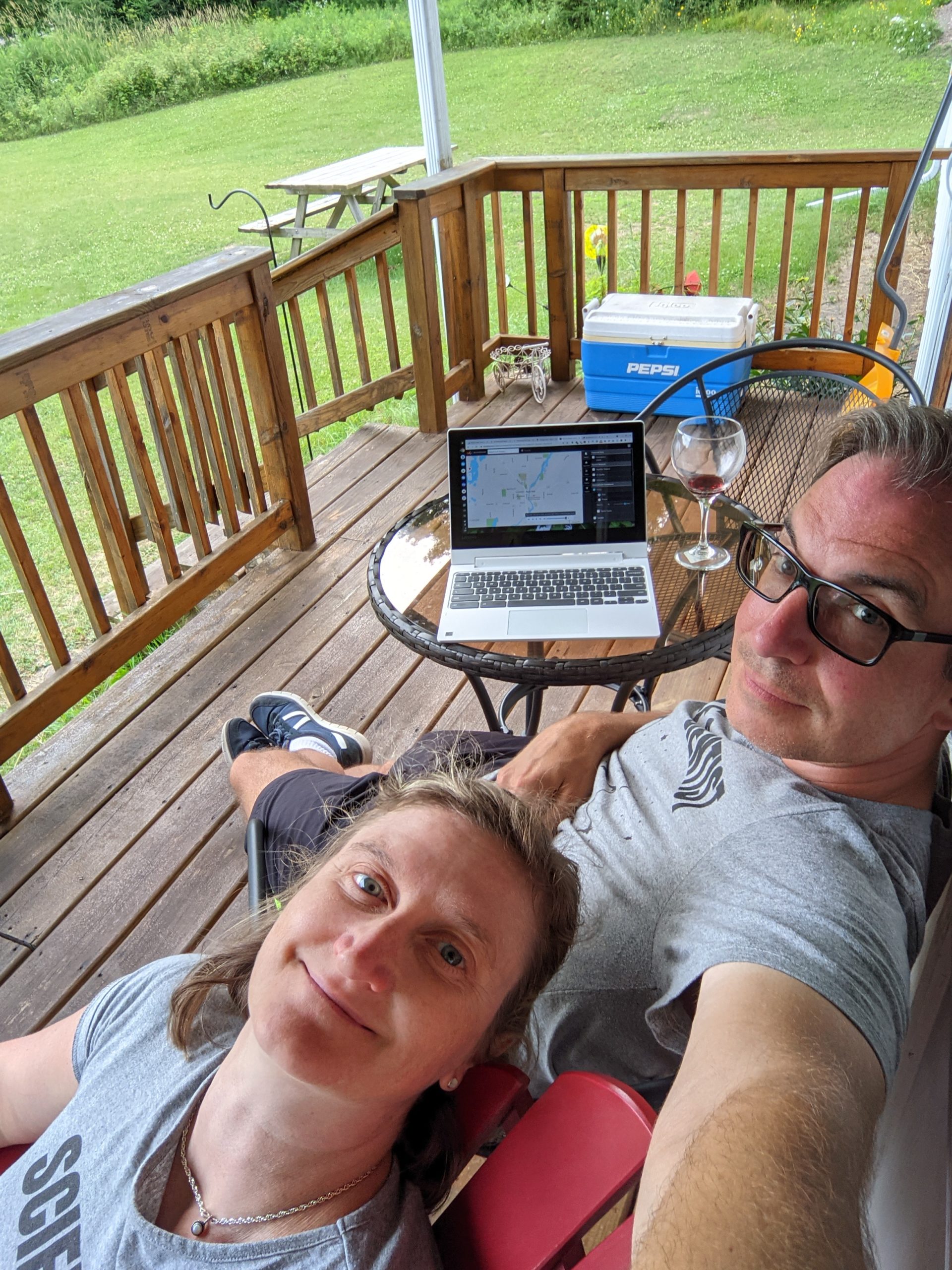As adults, we have the pleasure of a high vantage point from which to look back on our misspent youth. The locker betrayals, the backstabbing clique politics, the Hamlet soliloquies of the heart writ in the boiling ink of our hormones. In the last couple of months, I had the chance to see two movies that take these things to their most ridiculous extreme: “Battle Royale” and “Battle Royale II: Requiem”. The second of these is to be easily dismissed; it tears the originality from the first movie, embeds it in the first hour of the film, then goes off on a plotless arc about a “war on adults” in the second half. The violence is not even as fun as in the first movie, nor half as original. The only interesting part about the second movie is that we see the reluctant valiance of the main character, Nanahara Shuya, brought to its full bear in the form of Nanahara of the Wild Seven, the reluctant but talented terrorist leader.
The first movie is worth watching, if you can stand the gore. It’s comical, but still extreme, in the vein of “Kill Bill Vol. 1”. In fact, after seeing Battle Royale, it’s said that Tarantino immediately wanted to cast one of the young actresses as one of his villainous assassins in “Kill Bill”. The original “Battle Royale” is based on a book by the same name, and to its credit it actually cast high-school-aged actors and actresses to play the roles of high school kids, a growing rarity in Hollywood.
The premise is a dark view into the grim futurism in many Japanese writers and filmmakers. Japan is plunged into massive unemployment and children are refusing to attend school. Parents are committing suicide and leaving children to fend for themselves in orphanages, kids are misbehaving and assaulting teachers. It’s a mess. The government passes the “Battle Royale” act, in which one school class is “randomly chosen” each year, gassed, sent to an island, and made to fight one another until only one child remains.
Remote-controlled explosive collars insure the kids’ participation in the game, and each is given a backpack with survival gear and a random weapon, some incredibly useless. The time limit for the game is three days; if more than one person lives at that point, they are all killed by their collars and nobody “wins”. The premise becomes a fruitful framework in which to observe high school betrayal, given its most vicious incarnation. Cliques form and implode as one person becomes suspected of trying to kill another, forcing a cross-fire bloodbath in which nobody wins. Talk about giving flesh to a metaphor.
The story follows the reluctant Nanahara and his friend, Noriko, who struggle to avoid killing their friends while also confronting the possibility that should they both survive, one might turn on the other to live. The plot takes unexpected turns, avoiding what could have been a simple story about a bunch of kids who band together to fight the evil adults (that’s what happens in the second movie, sadly). Instead, it ends in a way that you don’t really see coming, leaving the question of what was really going on still hanging in the air.
I recommend “Battle Royale” to anyone who now looks back at high school and laughs at the ridiculousness of the whole affair. Boys and girls, crammed together in locker-strewn halls, to learn while overcoming the siren song of their hormones. Rebellion, betrayal, love and lust, melodrama, morality (high and low) – all of these are given new form in “Battle Royale” to the delight of high school survivors everywhere.


